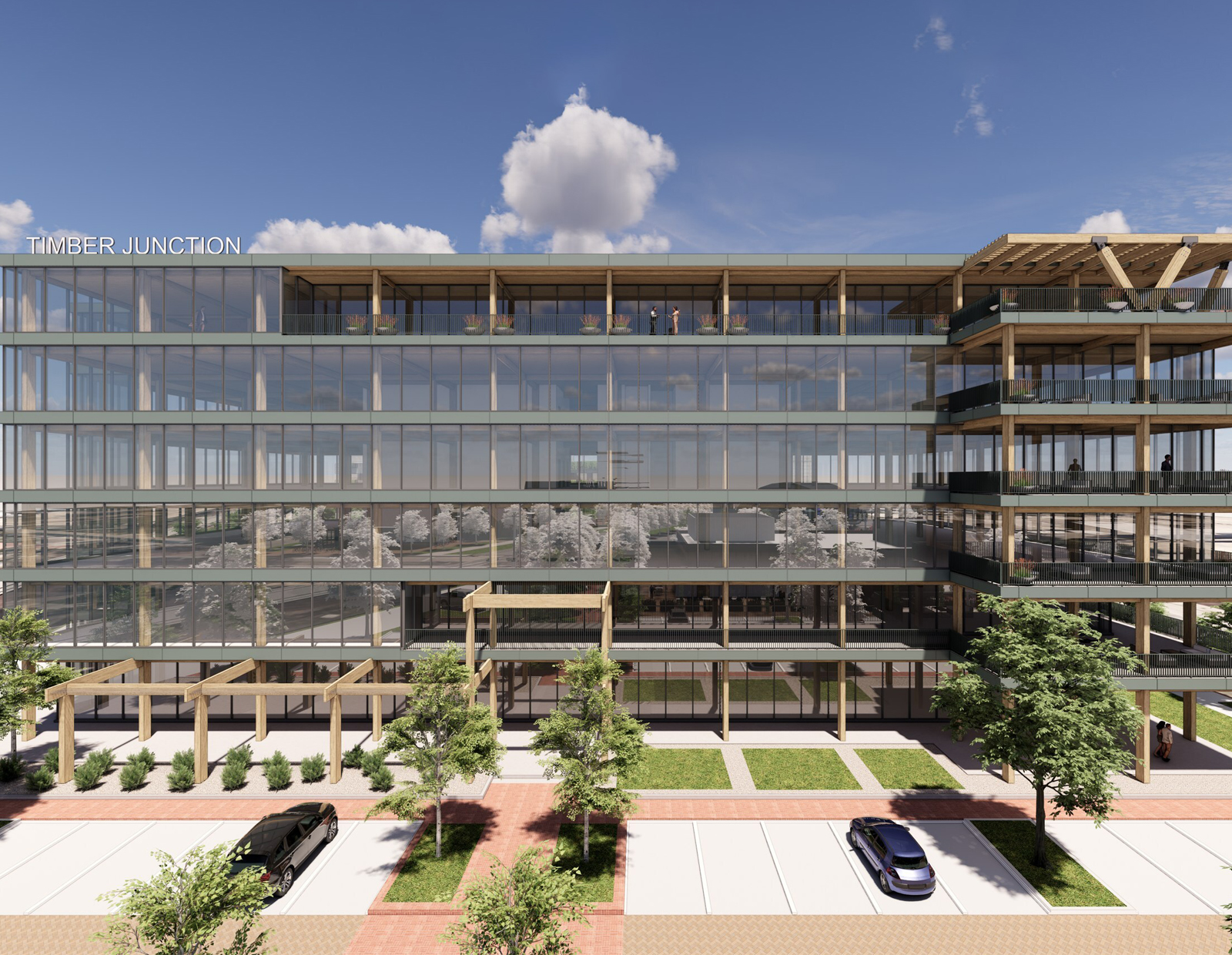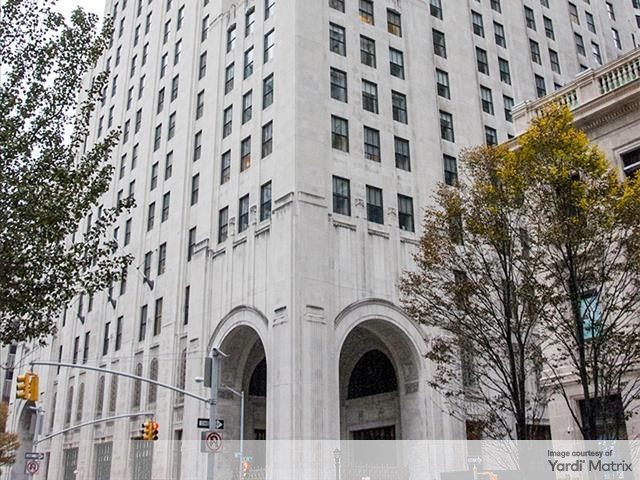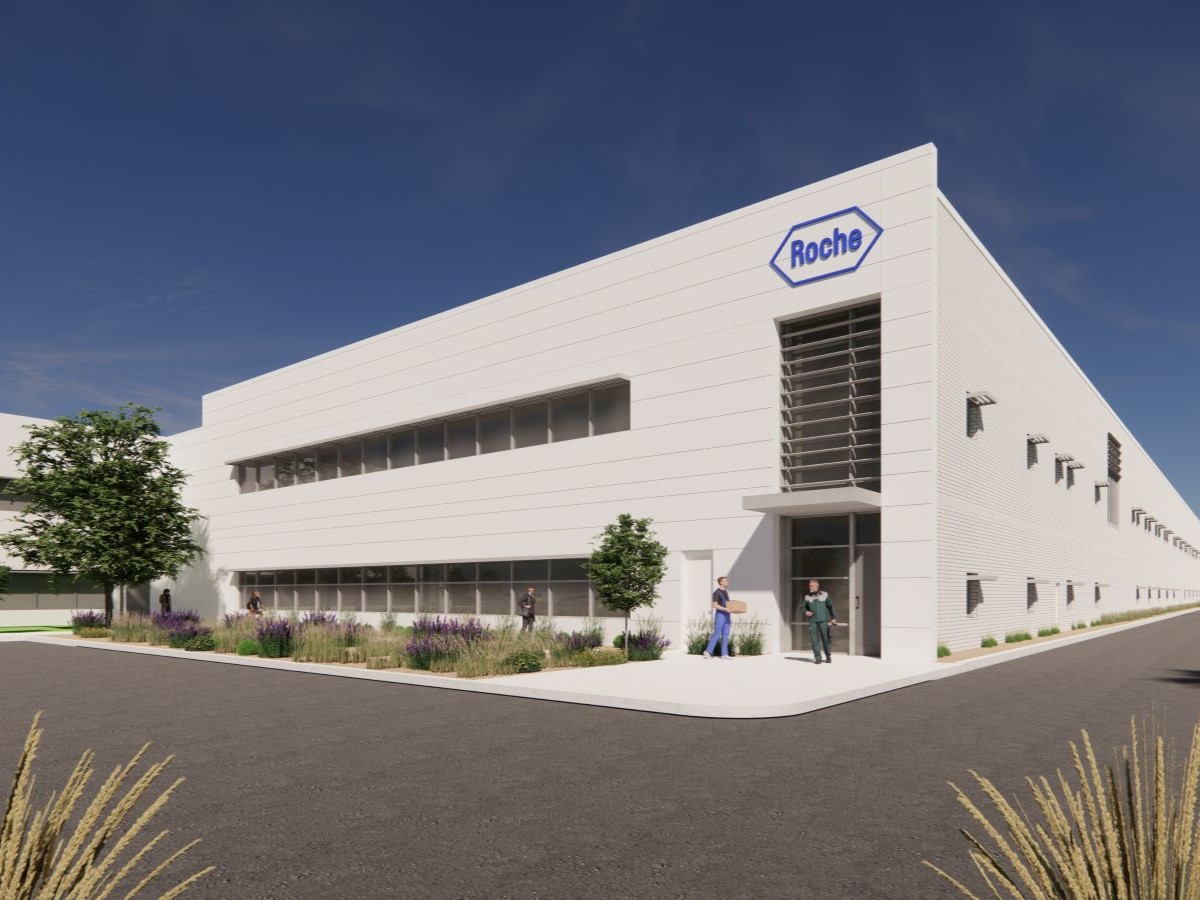Is Industrial’s Boom Era Ending?
After reaching new heights, the industrial market is showing signs of slowing down, says NAIOP.

Hany Guirguis, Professor of Economics & Finance at Manhattan College and Co-Author of the NAIOP Office Space Demand Forecast. Image courtesy of NAIOP
The industrial space market in the U.S. right now stands at the complex intersection of a slowing economy, the recovery of global supply chains, growing costs for carrying inventory, pent-up demand, a still-growing inventory of logistics space and a gradual turn away from e-commerce back to bricks-and-mortar.
How that all adds up, according to a new report from NAIOP, is that retailers and logistics firms have moderated the pace at which they’re acquiring industrial space. Net absorption in the first half of 2022 was 151.2 million square feet, which was a sharp drop from the record pace of 2021, yet still well above prior years.
READ ALSO: Is Flexible Warehousing the Next Step for Industrial?

Michael Seiler, DBA, Professor of Real Estate and Finance at the College of William & Mary. Image courtesy of NAIOP
In their third-quarter forecast, authors Hany Guirguis, Ph.D., professor of economics and finance at Manhattan College, and Michael Seiler, DBA, professor of real estate and finance at the College of William & Mary, say they anticipate cooling in the industrial space market, with the net absorption rate continuing to decline, till it returns to pre-pandemic numbers.
They expect total net industrial space absorption in the second half of this year to be 112.4 million square feet, and full-year absorption in 2023 to be 209.4 million square feet. For context, first-half 2020 net absorption was 223.6 million square feet, followed by 103.4 million of negative net absorption in the second half of that year.
A gentle stop?
There may be a leveling off in the industrial real estate sector that is a healthy rebalancing of where things should be when viewed through a long-term historical perspective, NAIOP President & CEO Marc Selvitelli, CAE, said in a prepared statement.
“The sector saw unprecedented growth that had been accelerated by the pandemic and related supply chain issues,” he continued. “As those two situations unwind, we will see a more natural course of growth.”
In light of Selvitelli’s comments, one observation from the report stands out: “… even if all new properties without preleases were delivered as vacant this year, the national vacancy rate would still be close to its historical, long-run average.”
So, although the boom times might be ending, at least—for now—they seem to be coasting to a halt, not crashing.








You must be logged in to post a comment.